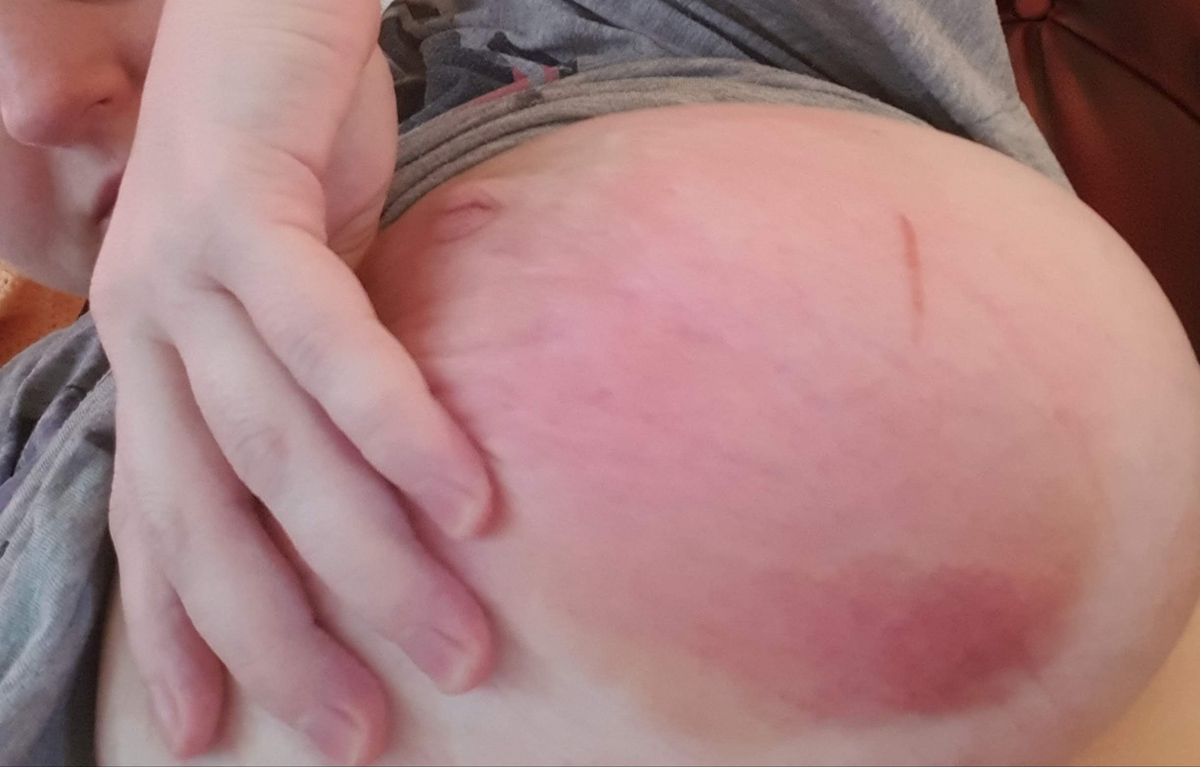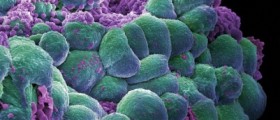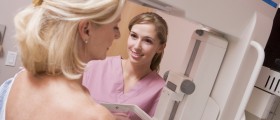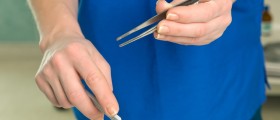
Many times, women who find a lump in the breasts think it must be a cancerous growth. This is not true, because almost 80% of breast lumps are not cancerous but completely benign. Common causes of benign lumps in the breasts are hormone changes (estrogen and progesterone abnormalities in the body), infections, injuries or some medications such as contraceptive pills, caffeine, different soy products or hormone replacement therapy (HRT).
Men may also experience breast lumps in one or both breasts and this condition is known as gynecomastia. Certain medications are known to cause this problem as a side effect.
Types of Benign Breast Diseases
There are several different diseases and conditions that can be responsible for benign lumps in the breasts. Fibrocystic changes, fibroadenomas, simple cysts, traumatic fat necrosis and intraductal papillomas are just some of these problems.
Fibrocystic changes are commonly caused by changes of hormone levels in the body during different stages of menstrual cycle. Some women may suffer from breast lumps due to this fluctuation of estrogen and progesterone, usually before the menstruation. Beside these fluid filled sacks of various size, women may also experience tenderness of the breasts and thickening of the breast tissue. These changes may affect just one or both breasts and they can be seen in adult women and, in rare occasions, in postmenopausal women too.
Fibroadenomas are very common benign tumors of the breasts, caused by excess formation of milk producing glands (lobules) and connective tissue of the breasts (stroma). These benign tumors do not hurt but can be felt as solid, round or rubbery lumps which move freely in the breasts. They are more common for 20 to 40 year old women of African American origin.
Simple cysts usually affect both breasts and may change during the menstrual cycle.
Traumatic fat necrosis is caused by some sudden breast injuries or breast surgery. The lumps are usually felt as round, firm and hard growths which do not cause any pain.
If you happen to notice wart-like growth near the nipple, in the lining of the mammary duct it is very likely you have intraductal papilloma in your breast. These benign changes are commonly seen in women between 40 and 50 years of age and may be accompanied by some discharge or bleeding from the nipples.
What to Do?
Breast self-exams should be performed once a month by every woman. This way you will know how your breasts change monthly and will know about the benign changes and lumps in them during your cycle. Make sure to consult your doctor if you happen to find any changes in the breasts that are not usual, especially masses and small pea-size lumps, redness of the skin, nipple discharge or changes in the shape, size or contour of your breasts or nipples in order to avoid serious health complications which may arise.
Baseline mammogram is advised for women who are 35 years old, while every women older than 40 years should have annual screening mammogram.

















Your thoughts on this
Loading...